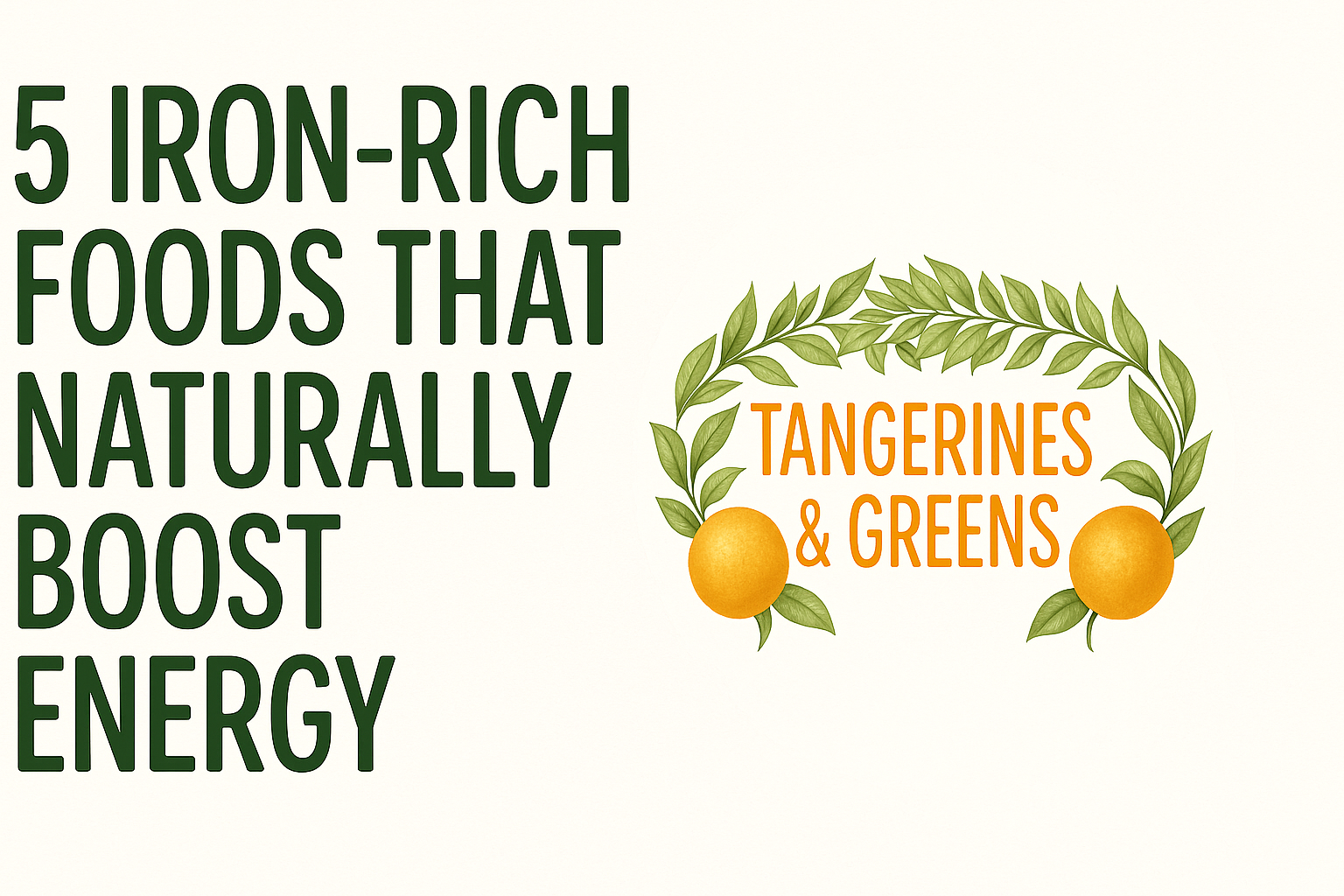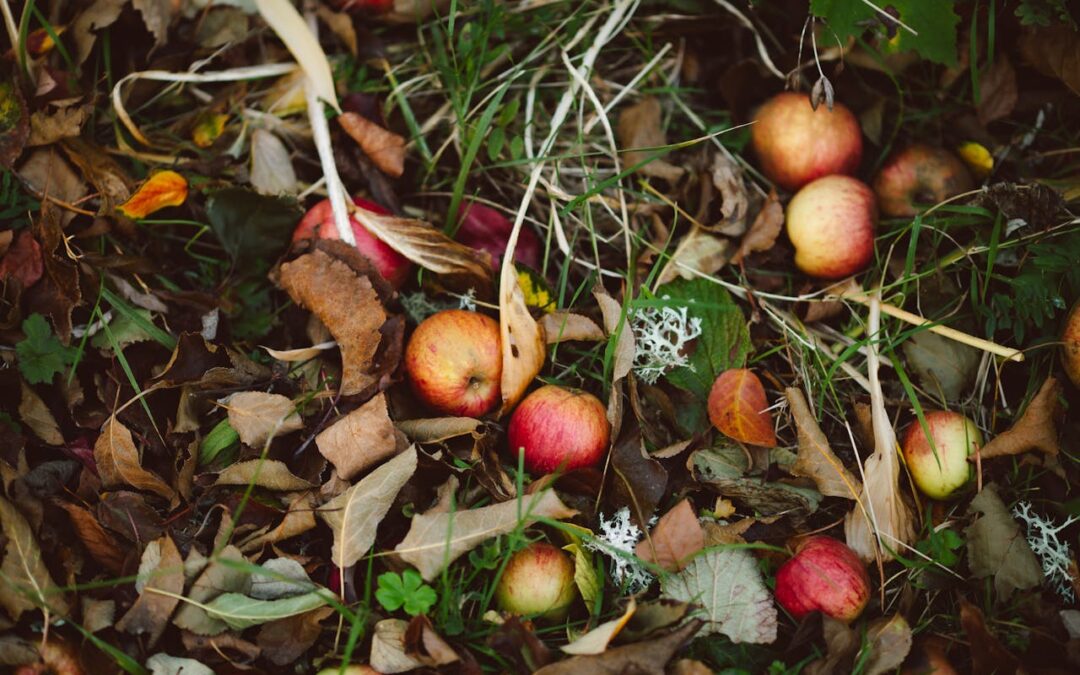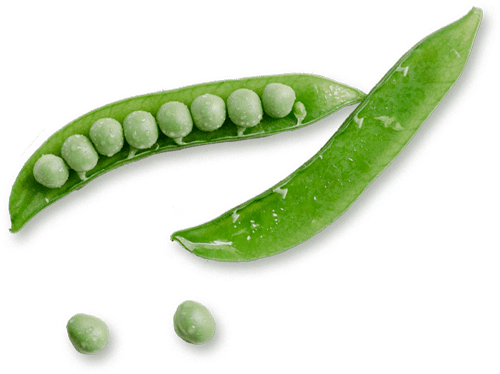Tired by 3 PM? These 5 Iron-Rich Foods Could Be the Fix You Need
I’m one of those people who hate being tired. Cannot. Stand. It. Therefore, feeling completely wiped out by mid-afternoon makes so cranky that I’d rather just turn the lights out and go to bed! That was until I discovered I needed more iron-rich foods in my diet.
I’ll be honest – iron deficiency is incredibly common, especially among women. I see it all the time among friends and family. That bone-deep fatigue, the breathlessness climbing stairs, the feeling like you’re trudging through molasses—it’s often your body’s cry for more iron.
The good news? You don’t need to rely solely on supplements. There are plenty of powerful, natural iron-rich foods that can help you feel energized again. Here are five of my personal favorites that have made a real difference—for me and so many others.
Why Iron Matters More Than You Think
Before we dive into the list, let’s quickly talk about why iron is such a big deal. According to the National Center for Biotechnology Information, iron is essential for nearly every cell in your body and must come from food or supplements—your body can’t make it on its own.
Think of iron as your body’s delivery system. It’s a key part of hemoglobin, the protein in red blood cells that transports oxygen from your lungs to the rest of your body. When your iron levels are low, that delivery system breaks down. The Mayo Clinic explains that without enough iron, your body can’t produce enough hemoglobin to carry oxygen efficiently.
The result? You feel drained, weak, and foggy-headed—because you kind of are.
1. Spinach: The Green Powerhouse
Leafy greens is a must Spinach is one of the most accessible and versatile iron-rich foods out there. One cup of cooked spinach packs about 6.4 mg of iron—roughly 36% of the recommended daily intake for women.
I sneak it into smoothies (you won’t even taste it), sauté it as a side, or stir it into sauces and soups. To maximize absorption, pair it with vitamin C-rich foods like bell peppers, citrus, or tomatoes.
As the Cleveland Clinic notes, iron-rich foods like spinach help prevent anemia and protect your immune system.
Pro tip: Buy pre-washed baby spinach for quick weeknight meals. Toss a handful into whatever you’re cooking in the last few minutes.
2. Lentils: Small But Mighty
If lentils aren’t already in your pantry, it’s time to fix that. One cup of cooked lentils delivers about 6.6 mg of iron—more than spinach!
They also offer plant-based protein, fiber, and folate. I batch-cook lentil soup on Sundays to eat throughout the week. Red lentils are perfect for creamy soups or curries; green and brown lentils hold their shape and shine in salads or tacos.
As noted in StatPearls, iron-rich diets are especially important for menstruating women, growing teens, and pregnant people. Lentils help meet those needs with ease.
3. Iron-Fortified Cereals: Breakfast MVP
Surprise—your breakfast might be the easiest way to increase your iron intake. A cup (40g) of fortified Total cereal contains 40 mg of iron—100% of your daily value, according to Healthline.
Look for cereals labeled with at least 20% of your daily value of iron per serving. I rotate between brands like Total and Product 19, and always pair them with vitamin C-rich fruit or orange juice to improve absorption.
Label tip: Look for cereals with 20% DV or more for iron—these count as “high in iron” and can make a big impact on your daily totals.
4. Grass-Fed Beef: Heme Iron Hero
Iron from plant foods is called non-heme iron, and your body absorbs only about 2–20% of it. Heme iron, found in animal products like beef, is far more absorbable—around 15–35%.
A 3.5-ounce serving of grass-fed beef provides 2.6 mg of iron, plus B vitamins, zinc, and complete protein. While red meat should be consumed in moderation, choosing grass-fed, pasture-raised options can provide a quality, bioavailable iron source.
As Medical News Today explains, iron deficiency anemia can leave you breathless and foggy. Heme iron sources can often help reverse symptoms more efficiently than plant-based iron alone.
5. Pumpkin Seeds: Snack-Sized Power
One ounce of pumpkin seeds contains about 4.2 mg of iron—that’s 14% of your daily value, per Healthline. They’re also rich in magnesium and antioxidants.
I stash roasted pumpkin seeds in my bag for quick energy. Sprinkle them on salads, blend into smoothies, or enjoy straight from the jar.
DIY snack: Roast raw pumpkin seeds with a little oil and sea salt at 300°F for 15 minutes. Store in an airtight jar and enjoy for weeks.
According to health experts, early iron deficiency often has subtle signs—fatigue, dry skin, even hair loss. Keeping iron-rich snacks like pumpkin seeds on hand helps nip these issues in the bud.
Boost Your Absorption: Simple Tricks That Work
Eating iron-rich foods is only part of the equation. Here’s how to help your body actually absorb that iron:
- Pair with Vitamin C: Add citrus juice, tomatoes, or bell peppers to meals.
- Avoid Iron Blockers: Coffee, tea, and calcium can reduce iron absorption—try to separate them from iron-rich meals by at least an hour.
- Cook with Cast Iron: Believe it or not, acidic foods cooked in cast iron can actually absorb extra iron from the pan.
- Don’t Overdo It: More isn’t always better. Excessive iron can stress your liver, so aim for balance.
The Bottom Line on Iron-Rich Foods
If you’ve been feeling run-down, low iron might be the missing puzzle piece. These five iron-rich foods—spinach, lentils, iron-fortified cereal, grass-fed beef, and pumpkin seeds—can help replenish your stores and bring back your energy naturally.
Of course, if you suspect you have iron-deficiency anemia, see a healthcare provider. As medical experts advise, dietary tweaks help with maintenance and prevention—but more serious deficiencies may need clinical care.
For the rest of us? Start small. Swap your cereal, toss some spinach into your meals, or snack on pumpkin seeds. You might be amazed at how much better you feel once your body has the iron it needs.
Comment below for your favorite iron-rich foods!






0 Comments